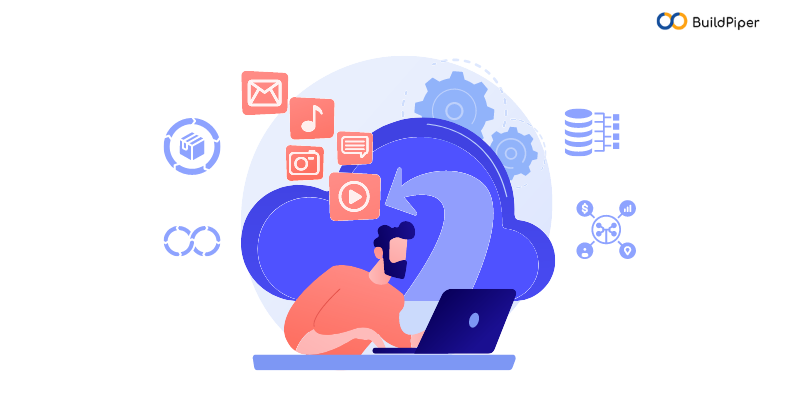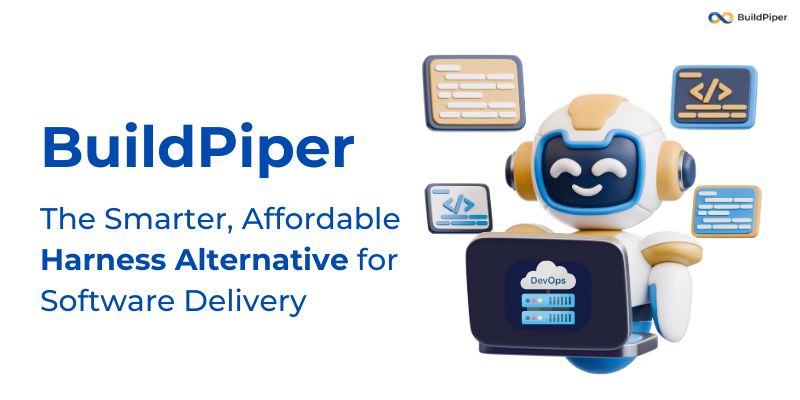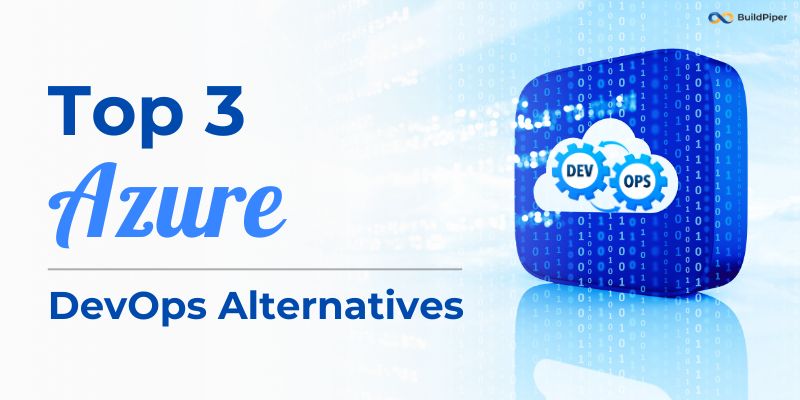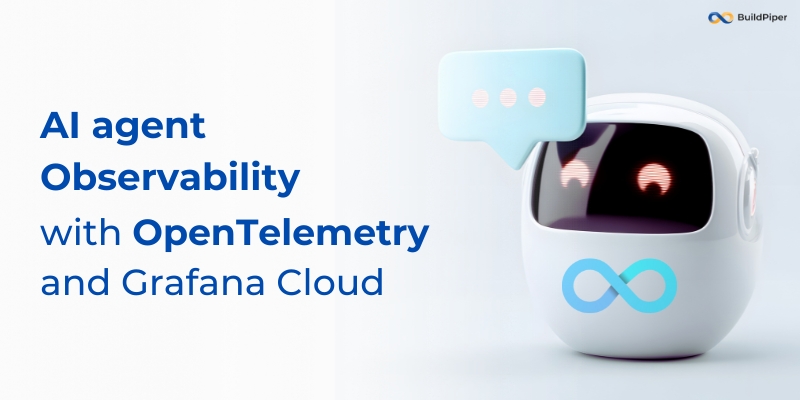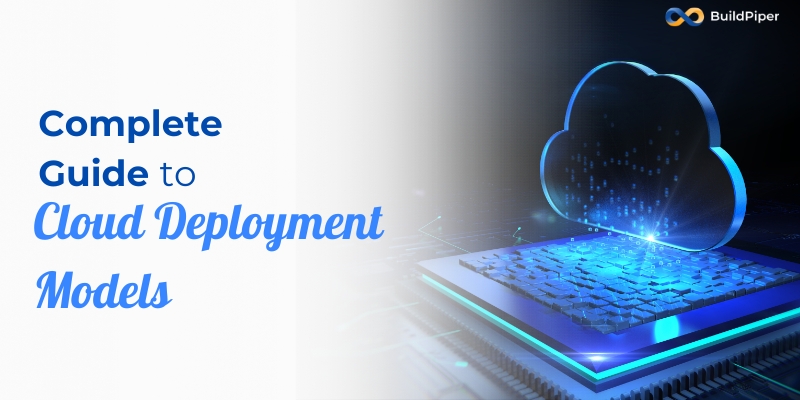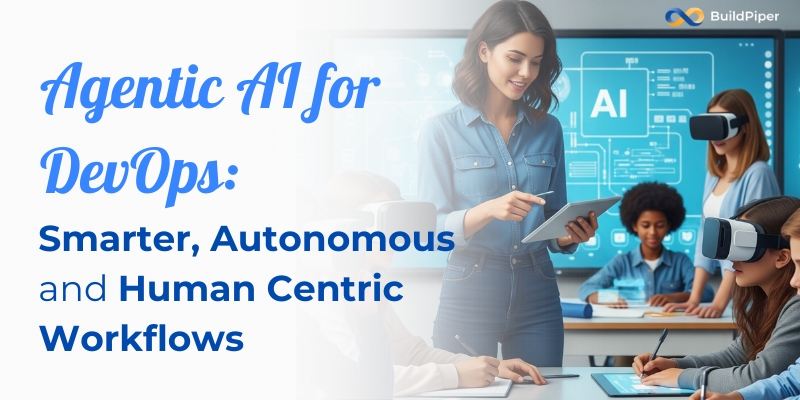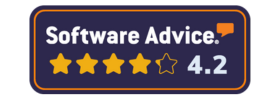The ‘Cloud First’ or ‘Cloud Only’ approach has been easier for the new-generation enterprises that are not weighed down by legacy or non-cloud tech debt. Particularly seen in high-customer interaction industries like retail, fintech, and logistics, where the younger and nimbler firms are taking the lead over their older, bigger traditional rivals.
Definition of Cloud-native by Cloud Native Computing Foundation
Cloud-native technologies empower organizations to build and run scalable applications in modern, dynamic environments such as public, private, and hybrid clouds. Containers, service meshes, microservices, immutable infrastructure, and declarative APIs exemplify this approach.
These techniques enable loosely coupled systems that are resilient, manageable, and observable. Combined with robust automation, they allow engineers to make high-impact changes frequently and predictably with minimal toil.
Core Design Principles of Cloud Native Application
A high-level overview of cloud-native application development shows it as a software development approach that allows us to adapt to the many new possibilities of scale, efficient cost management, and much more. However, adopting cloud-native architecture comes with a few tradeoffs – it brings with it a different set of architectural constraints.
When it comes to cloud-native applications, the architectural constraints do not mean – “what it should do?” but “how it should do it?” Here, we are talking about the non-functional aspects of the cloud-native application like – what it should do when suddenly the incoming traffic is 5x of the usual.
For example, the Nykaa Pink Friday Sale, Flipkart Big Billion Days, or the cricket match on Disney Hotstar. Today’s digital native businesses should be prepared for anomalies or sudden spikes like these.
A software architect needs to adapt his approach to these different architectural constraints. If not, the resulting app will be fragile, expensive, and hard to maintain.
On the other hand,
A well-architected cloud-native application development means it should be largely self-healing, cost-efficient, and easy to update and maintain through Continuous Integration/Continuous Delivery (CI/CD).
4 Pillars of Cloud Native Application Development
- Microservices
- Containerization
- Continuous Delivery
- DevOps
Microservices
A prime characteristic of cloud-native application architecture is that they follow a loosely coupled architecture. An architectural style that favors the various parts of an application to be developed, deployed and operated independently of each other.
This is why cloud-native applications embrace microservices-based architecture for constructing modern applications.
Cloud-native applications are built as a distributed set of small independent services interacting through a shared fabric. They share the following characteristics:
- Each service enables a specific business capability and functionality within a larger domain context.
- Each one of them has developed autonomously and can be deployed independently.
- They’re self-contained encapsulating their own data storage technology, programming platforms, and dependencies.
- Each runs on its own process and communicates with other services using standard communication protocols such as HTTP/HTTPS, gRPC, WebSockets, or AMQP.
- All these independent services together form an application.
Containerization
A simple and straightforward approach towards building microservices architecture – Containerization. All you need to do is to package the code, its dependencies, and runtime into a binary called a container image. These Images are stored in a container registry that acts as a repository or library for images. The container registry can be located on your development computer, in your data center, or on the public cloud.
When the application starts or scales, we transform the container image into a running container instance. This instance runs on any computer that has installed a container runtime engine. Now, we can have as many instances of the containerized service as needed.
Why Containers?
Containers are portable and guarantee consistent performance across environments.
Also, most importantly the containerized workloads save us the expense of pre-configuring each environment with frameworks, software libraries, and runtime engines.
Container Orchestration
While operating at scale, managing independent running containers is difficult. We need a container orchestrator. What better option than Kubernetes, it has set the de facto standard of container orchestration. Yet, its complexities can be a much-talked subject but with the presence of Managed Kubernetes Orchestration Platform, the odds can be in our favor.
Continuous Delivery
We do understand that cloud-native application architecture embraces microservices, containers, and modern system design to achieve speed and agility. But what about concerns such as,
- How do you provision the cloud environments where these systems run?
- How can we rapidly deploy app features and updates?
- How are we supposed to round out the full picture?
The Answer –
Automating the build, testing, and deployment of the packages that make up the cloud-native system by using tools like BuildPiper or Jenkins. Not only this should automate the deployment but it should also strive to automate processes like canary testing and rollback.
One of the essential best practices of CI/CD is Infrastructure-as-code. IaC enables us to automate platform provisioning and application deployment. This means we can essentially apply practices like testing and versioning to our DevSecOps practices. Thereby making infrastructure and deployments automated, consistent, and repeatable.
DevOps
DevOps helps in realizing the fact that modern software development isn’t about shipping code but rather closing the gap between the people who write the code and the end users for whose benefit it’s being delivered.
Combining DevOps with the CI/CD paradigm has been proving advantageous in improving deployment time and reducing errors. From a business standpoint, it has been quite evident that the cloud-native approach with DevOps for software development facilitates maximum agility. Through continuous deployment, we can scale our apps without the need for any further changes.
Best Practices For Cloud-Native Applications Development
- Choosing the right languages and frameworks.
- Automation
- Monitoring
- A multifaceted approach to security
Choosing The Right Languages And Frameworks.
Cloud-native applications have the advantage of cloud to reduce deployment risks, increase flexibility, and speed with quality. This makes it crucial to choose the right cloud programming language, frameworks, and runtimes that best suit your current and future needs. For that organizations need to take these four factors into account –
- Cloud clients and services
- Targeted cloud stack layer
- Familiarity
- Risk averseness
To make things clearer, let’s take an example –
The requirements for a virtual reality (VR) headset that requires the capabilities of IBM Watson’s machine learning (ML) is different from an iOS app that pulls images out of Amazon Simple Storage Service.
Given the importance of the CI stage in the DevOps lifecycle, BuildPiper provides automated CI checks that support different language configurations.
Automation
Lesser human intervention means lesser room for errors. It’s not new that automated processes can repair, scale, and deploy our cloud-native applications far faster than humans can.
- Automating the creation and provisioning of the infrastructure, along with timely updates, using tools like Terraform.
- Automating the deployment strategies like canary deployment, rollback deployment, blue-green deployment, etc.
- Unless your system never expects any changes in load, which is highly unlikely, you must automate the scale up of the cloud-native system in response to increases in load, and scale down when the load drops. It ensures your system is always available.
Monitoring
Baking of automated monitoring and logging processes into cloud-native applications right from the beginning of the development. It also helps us in having automated recovery.
BuildPiper enables seamless integration and set-up of infrastructure monitoring tools such as Prometheus, Grafana, Alert Manager, and log management tools like ElasticSearch, Fluentd, and Kibana. Easy and intuitive integration of these tools enables DevOps teams to assess and enhance the application’s reliability continuously.
How does BuildPiper help here?
By attaching automation.
Suppose, when the disk fills up it not only gives insights into – how fast it filled up than usual but also it will automatically resizes the disk to ensure that the system keeps functioning.
A Multifaceted Approach To Security
A good read: Role of Cloud-Native Security in Application Delivery!
Security is never an afterthought in cloud-native application development. Traditional architectures believed in perimeter security, a hardened network perimeter, where the inside is considered ‘trusted’ and ‘untrusted things’ as outside.
The cloud-native application architecture aims at providing flexible and mobile working that by default undermines the network perimeter.
This implies organizations should frame policies to ensure secure development by having secure application authentication in place, and make certain that no business functionality is developed outside these policies.
BuildPiper supports seamless setup & management of some of the industry-standard tools such as Hashicorp Vault, Consul, Sonar, Istio, and Nginx from a single, centralized console for hassle-free Microservices delivery.
Wrapping Up!
There is no one way we can call – the right way or wrong way about developing cloud-native applications. To gain the most from cloud-native applications we require a well-analyzed development process that is tailored to the application’s use cases and priorities.

